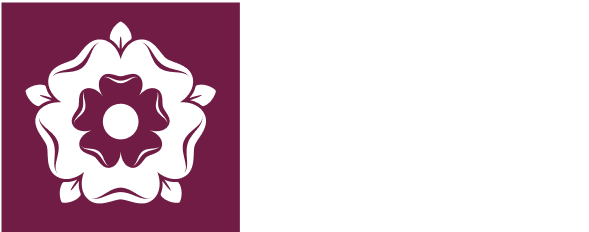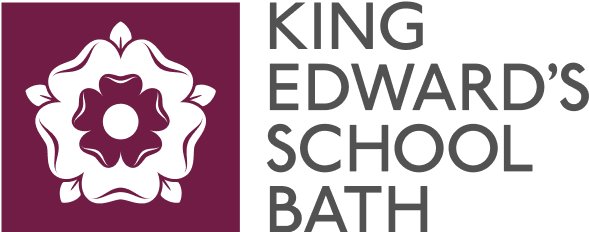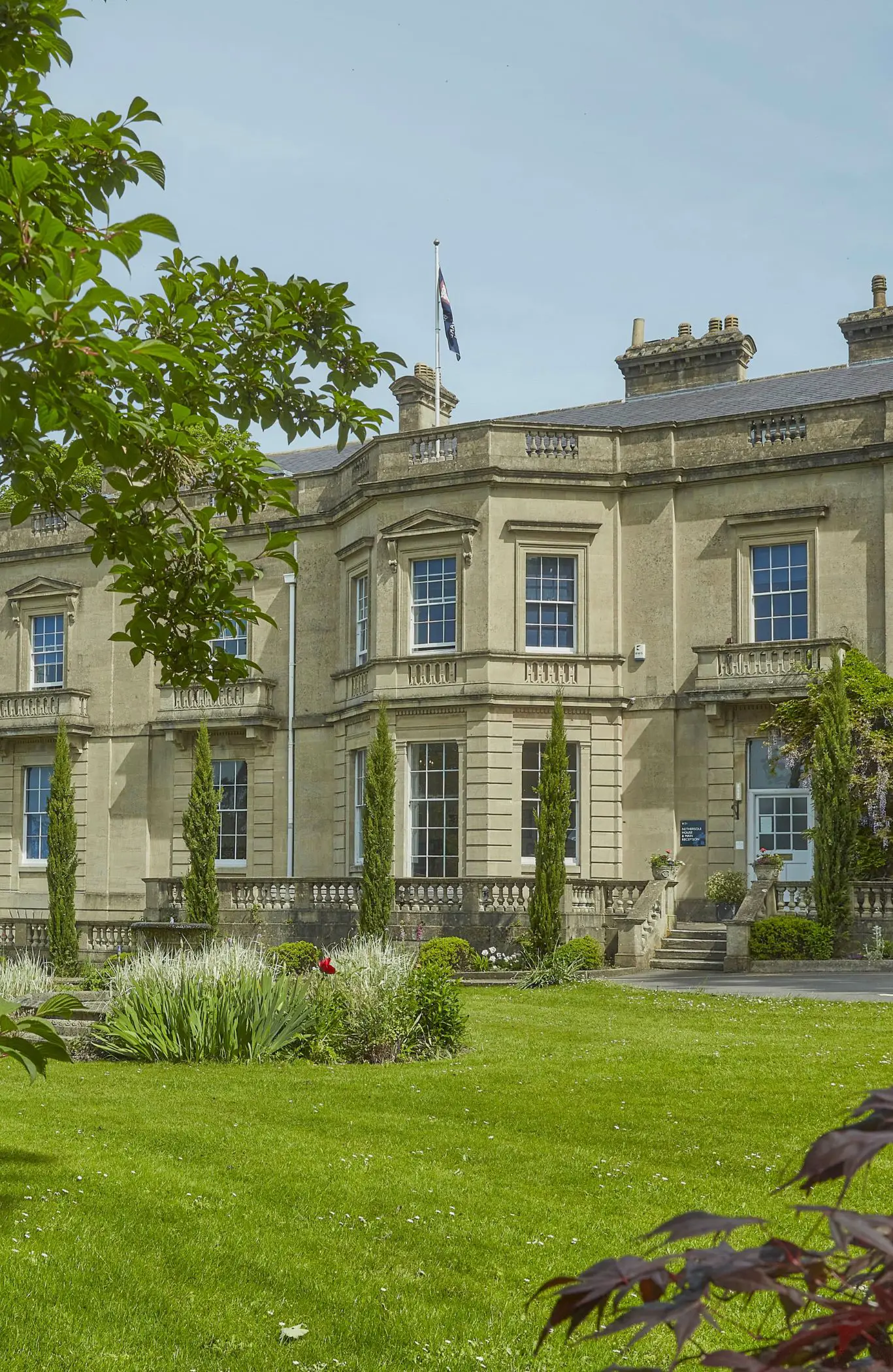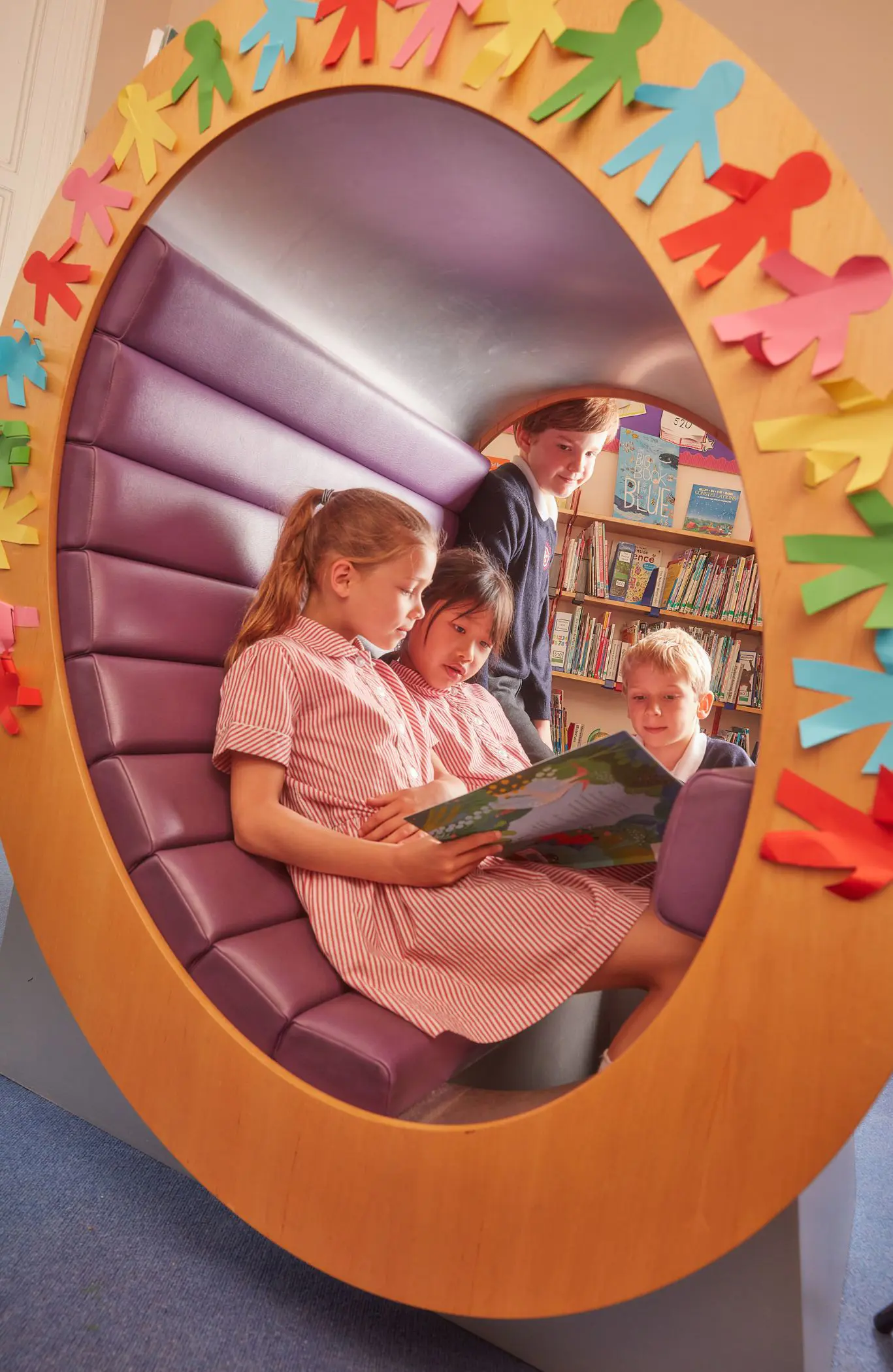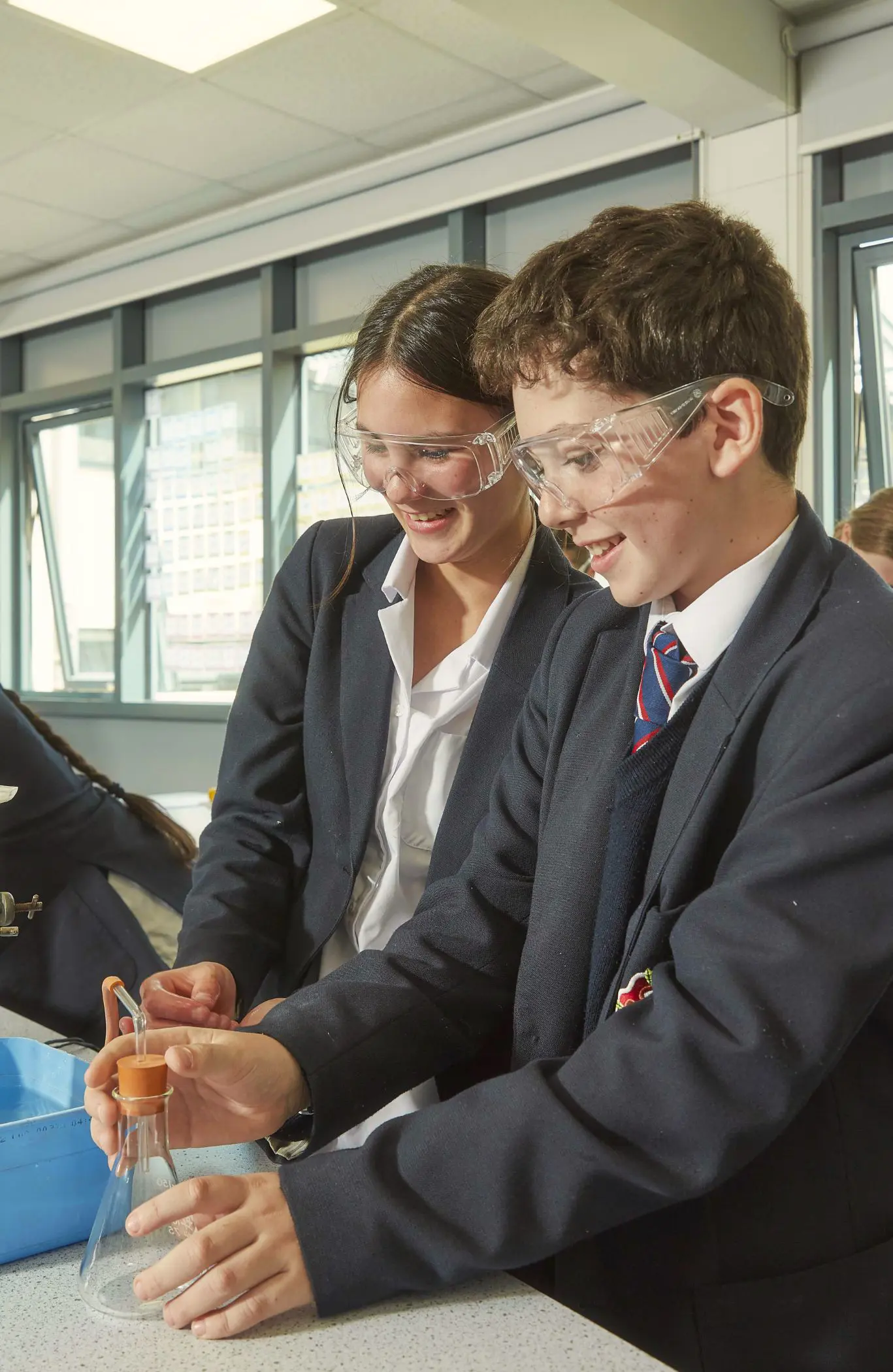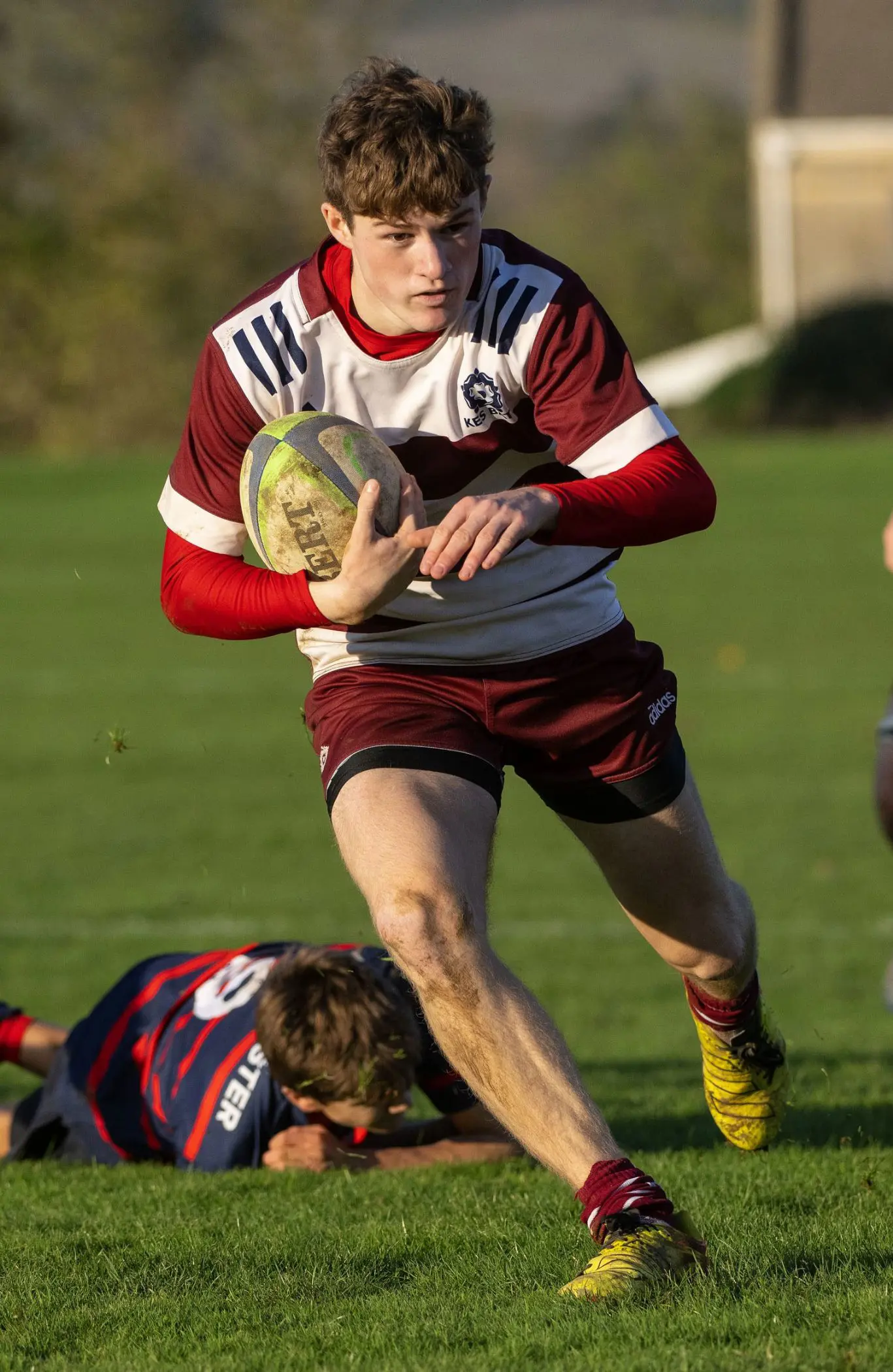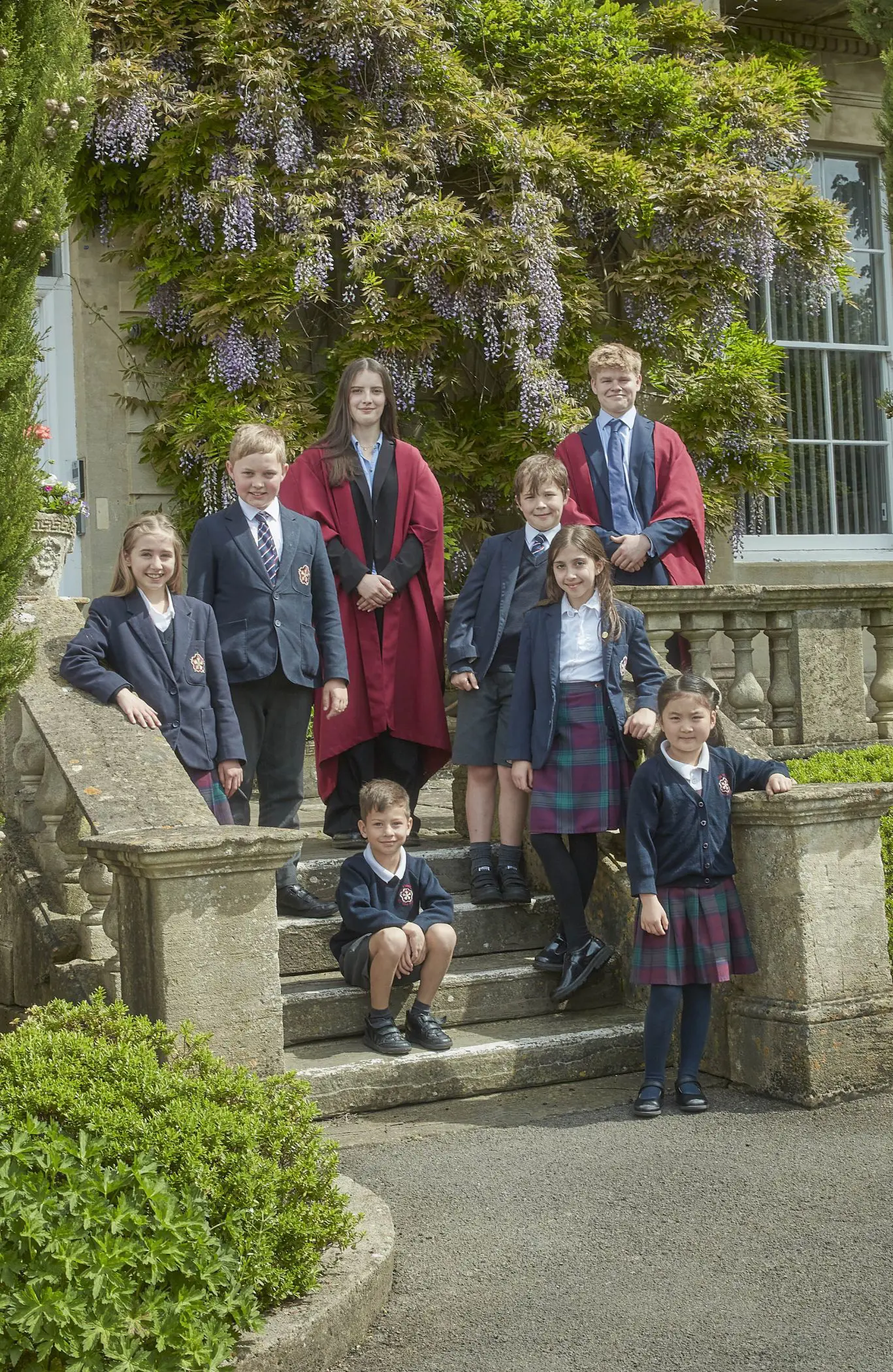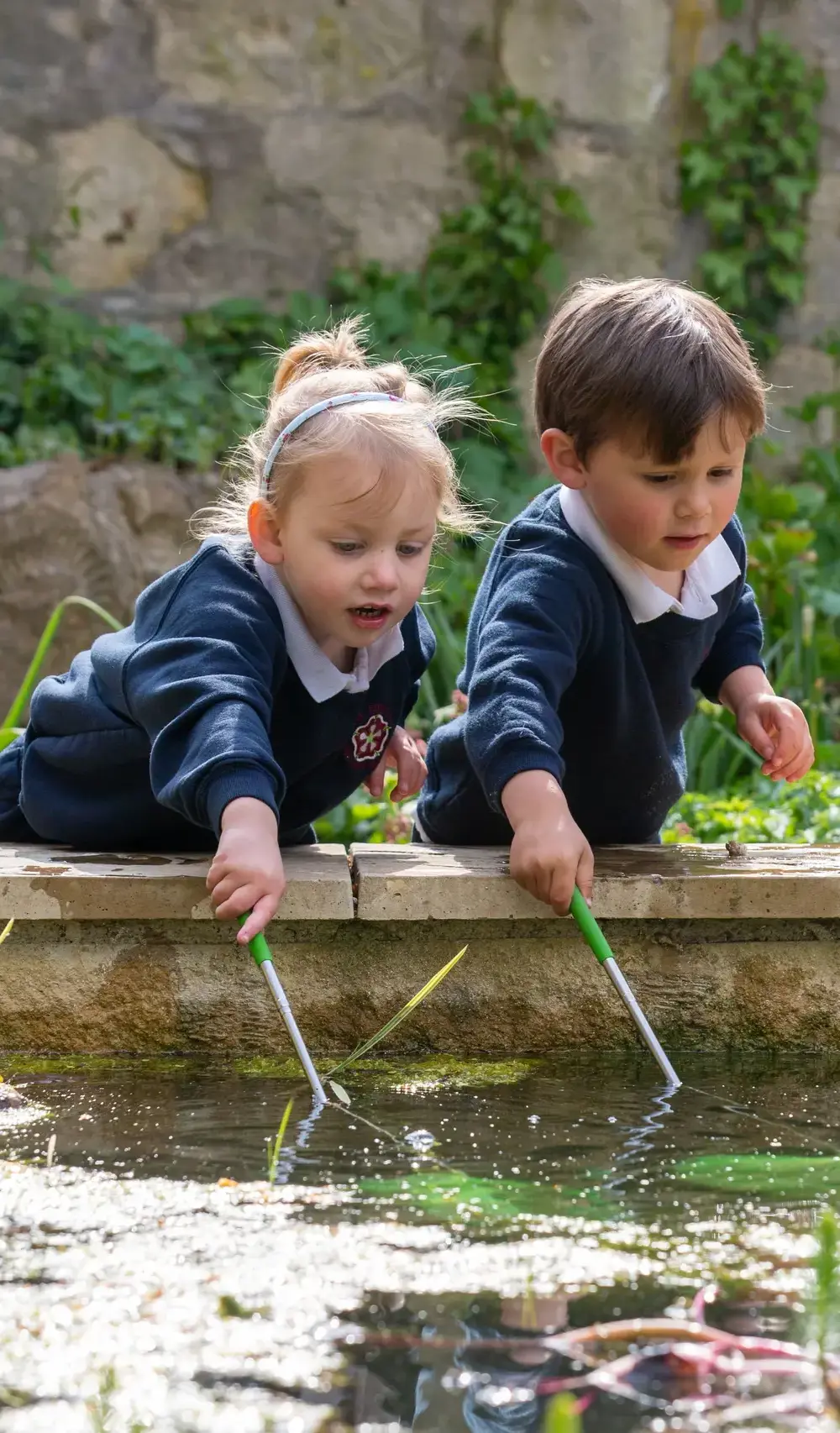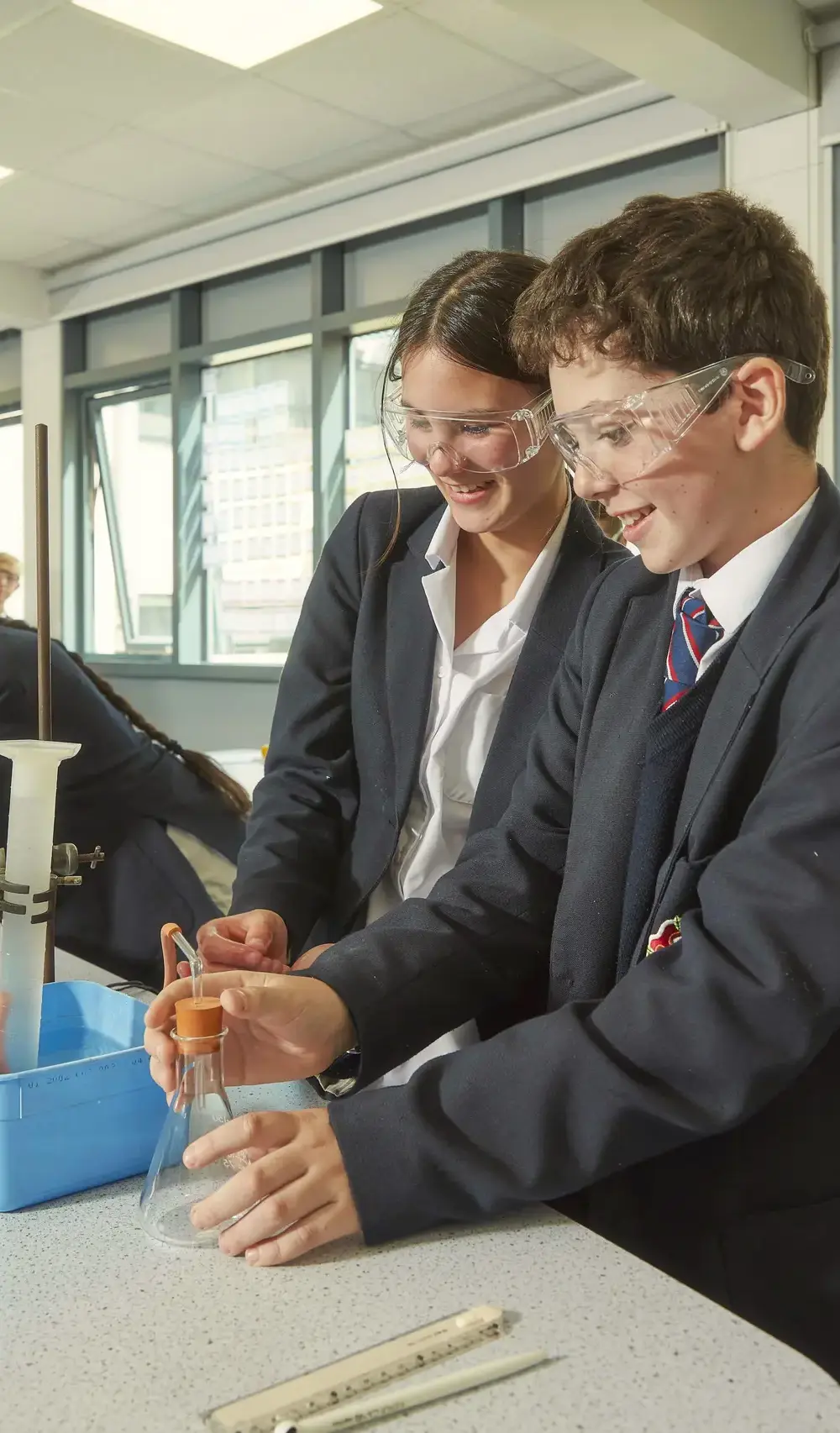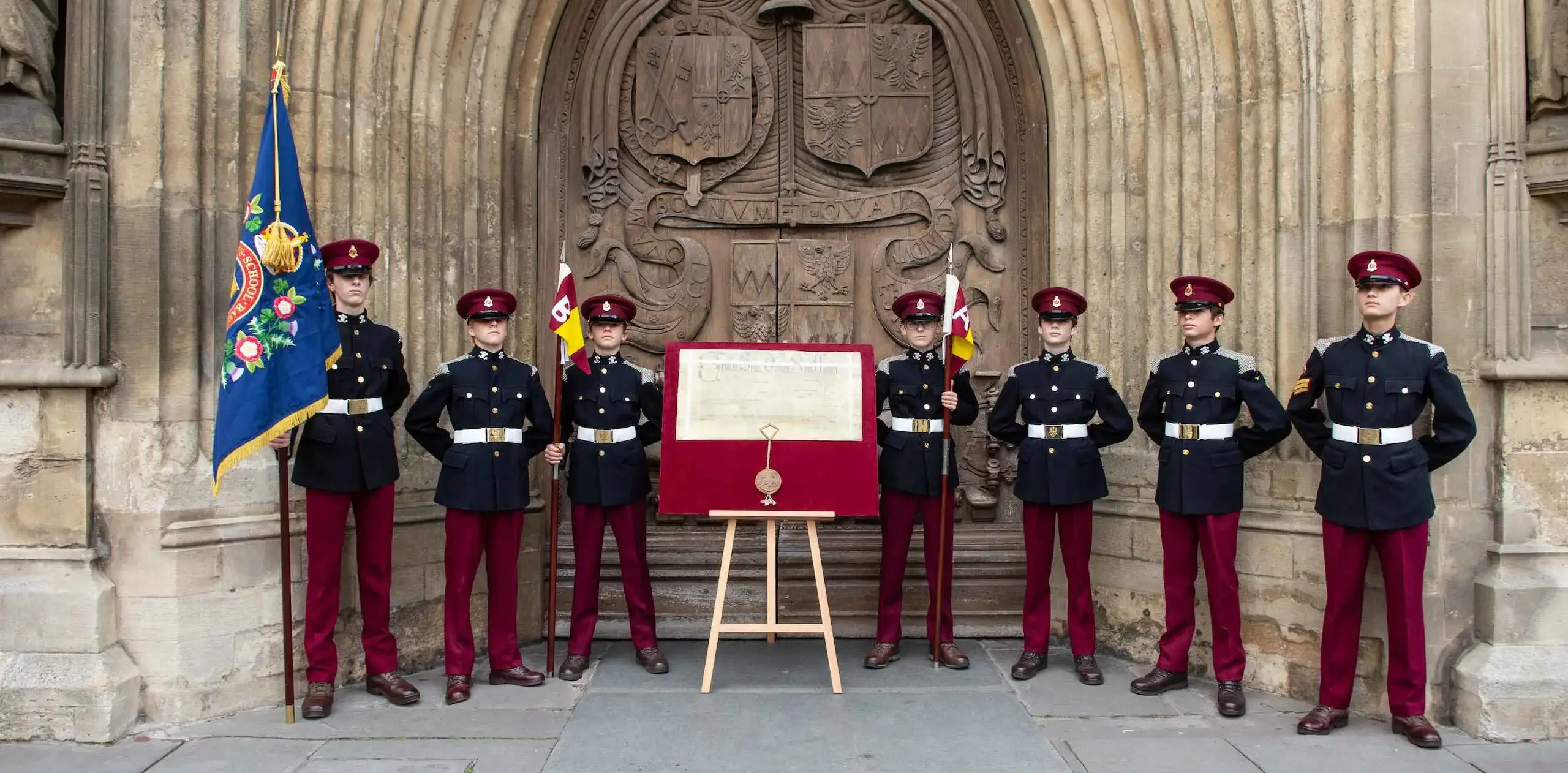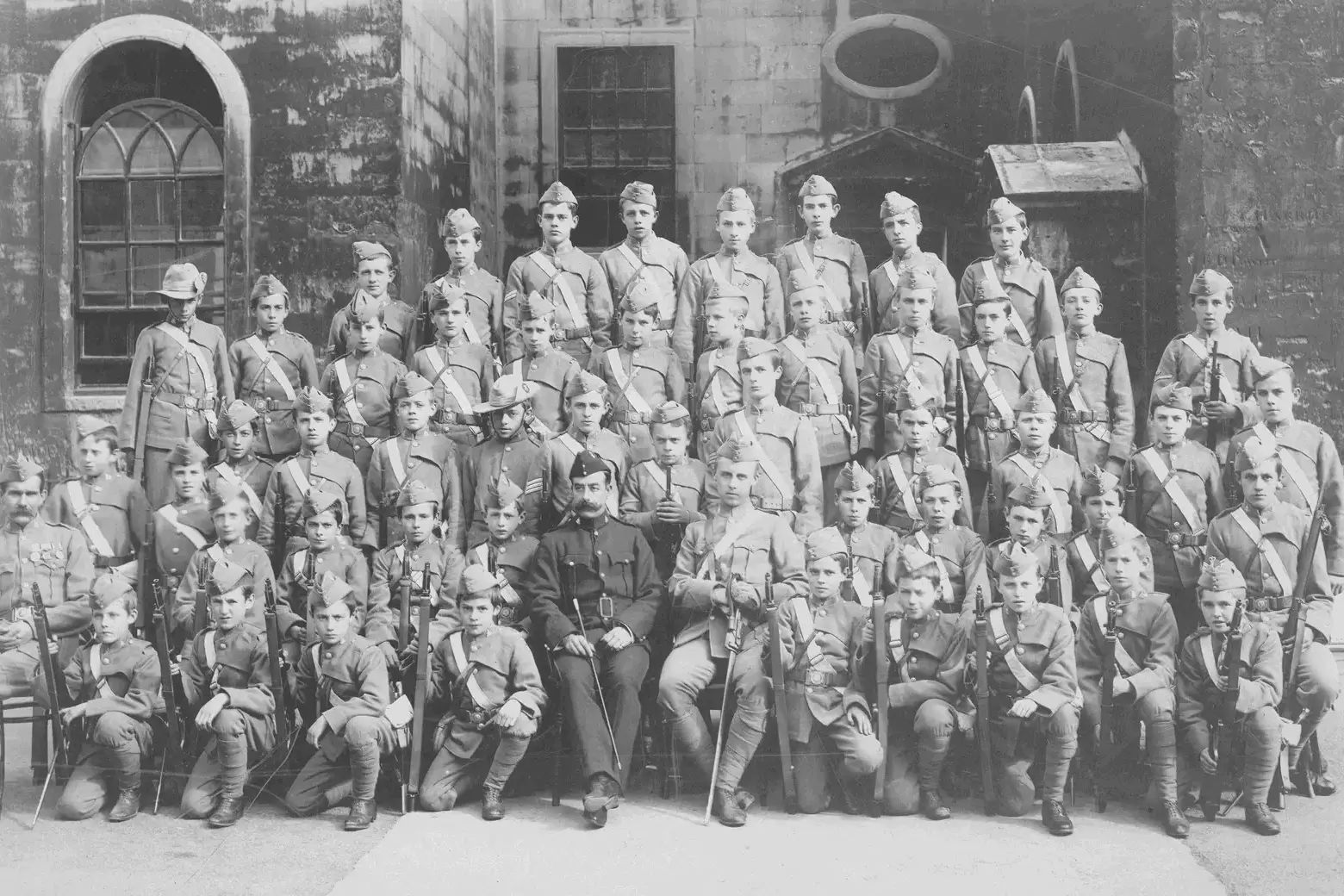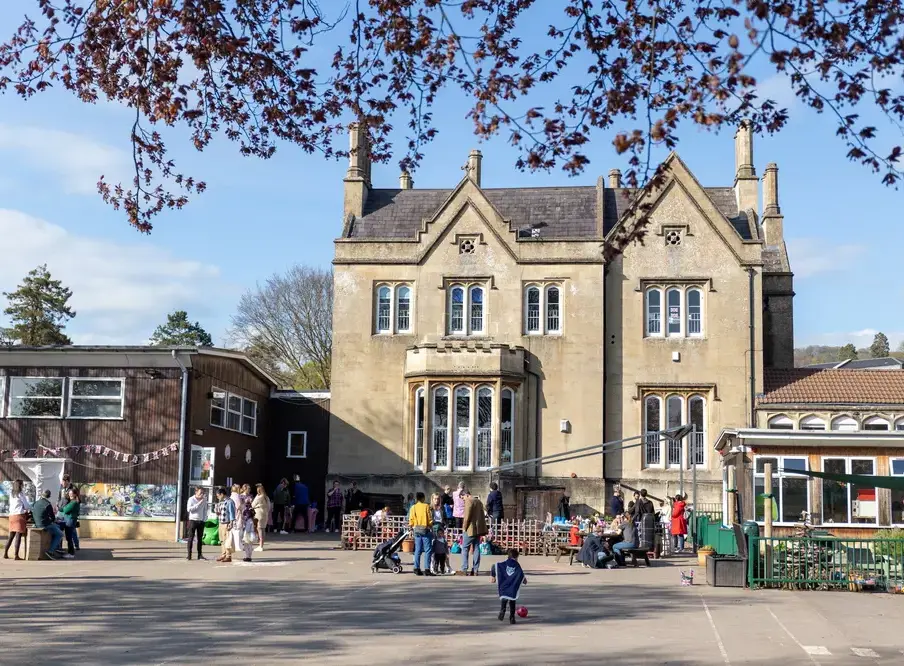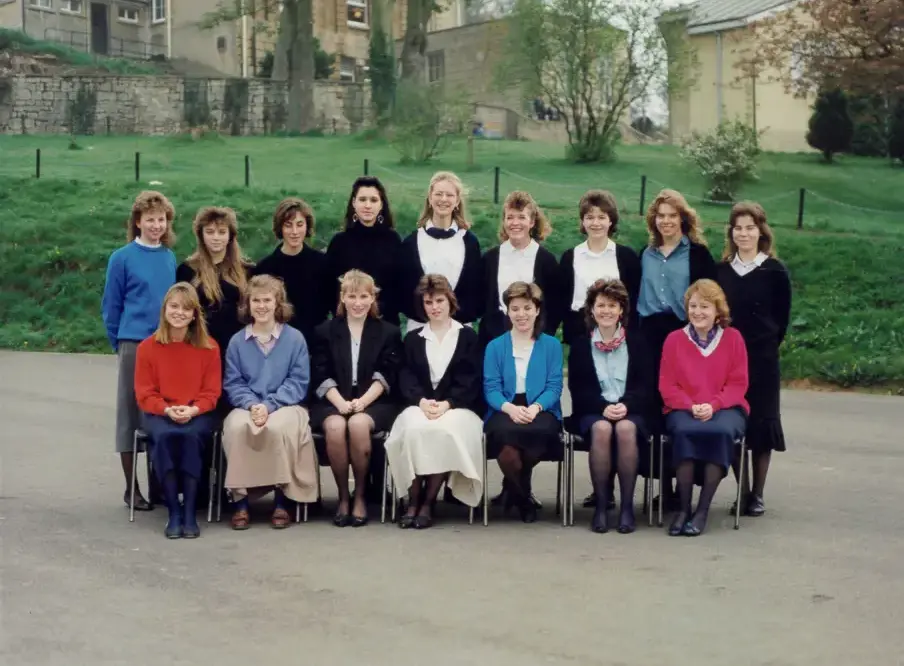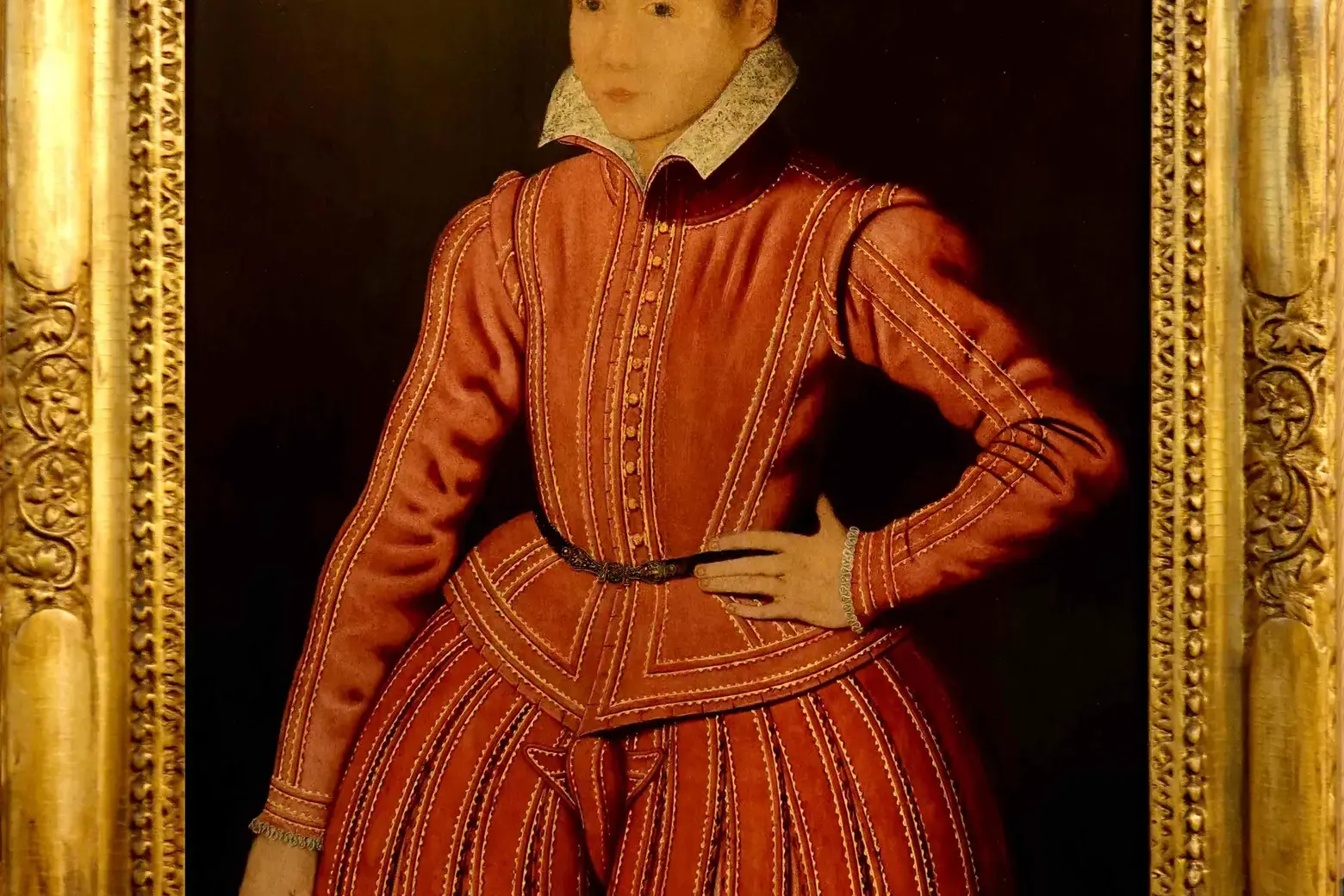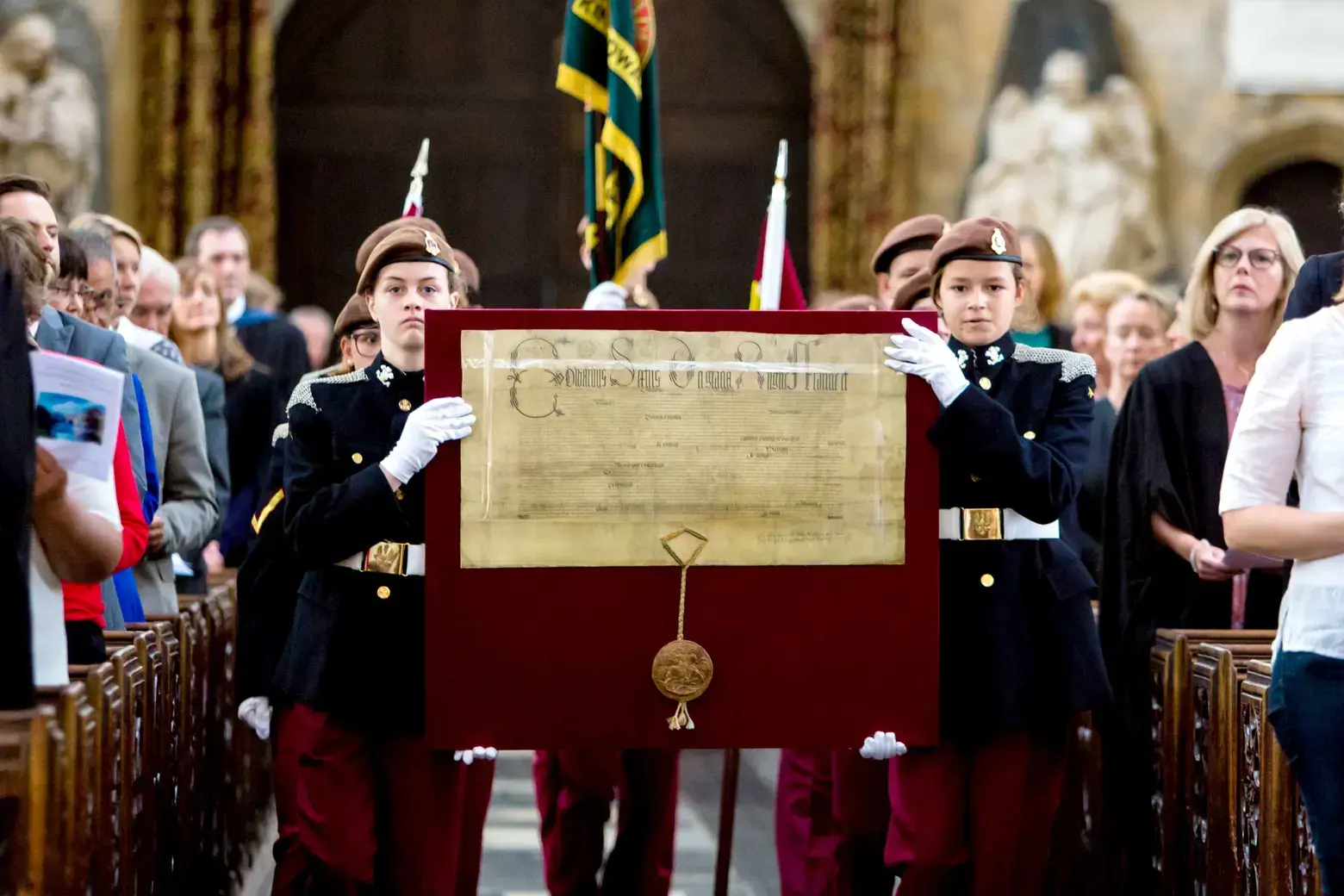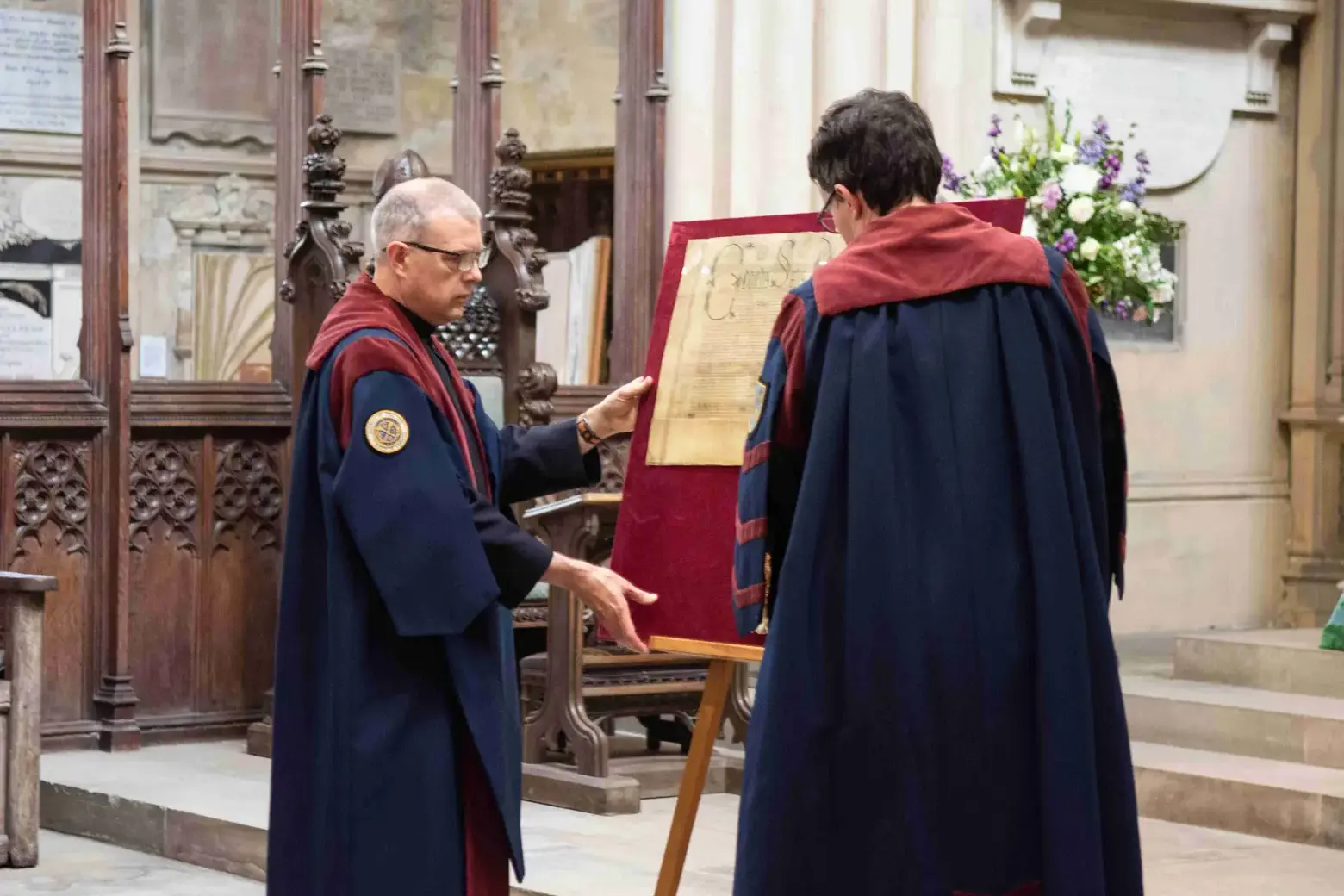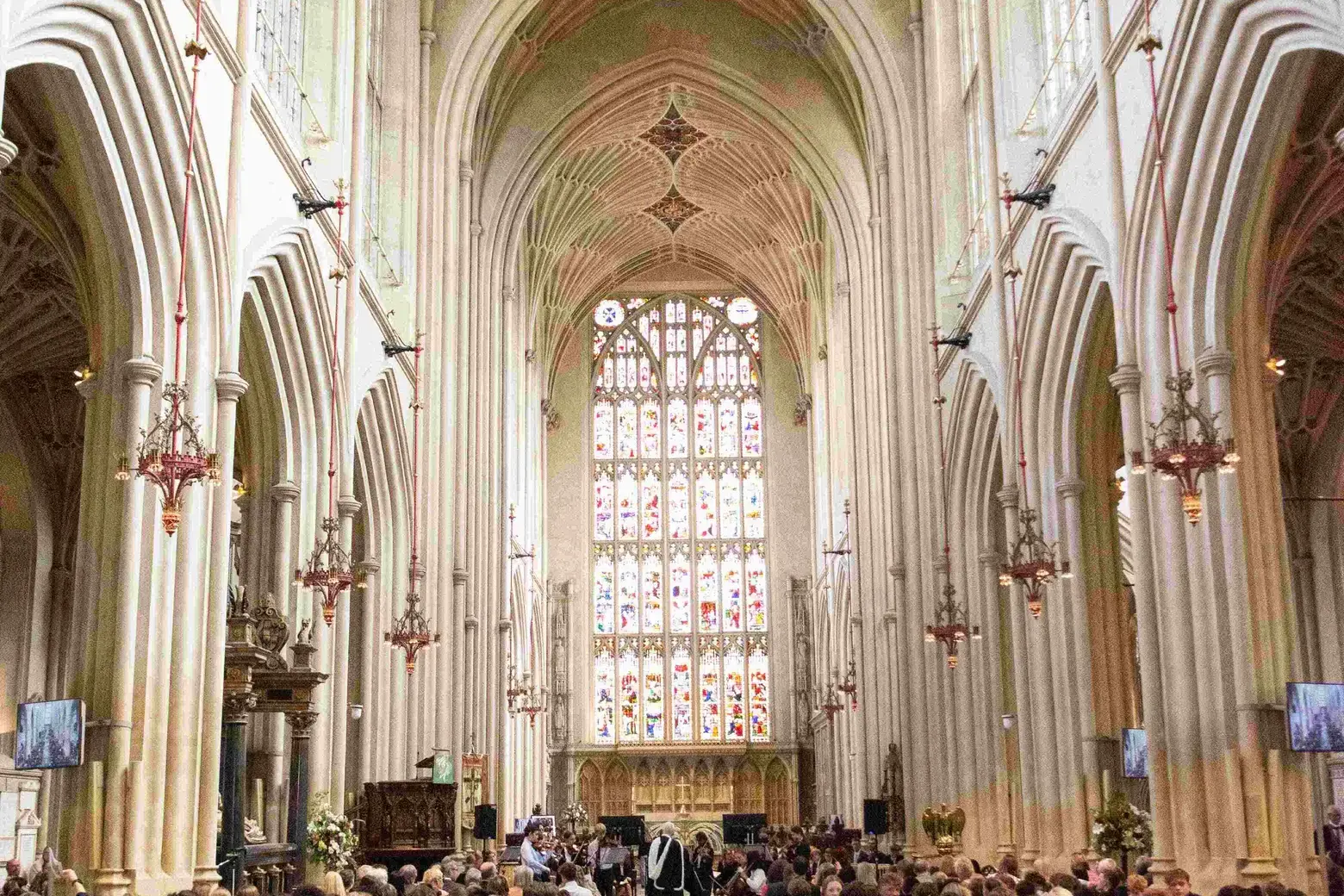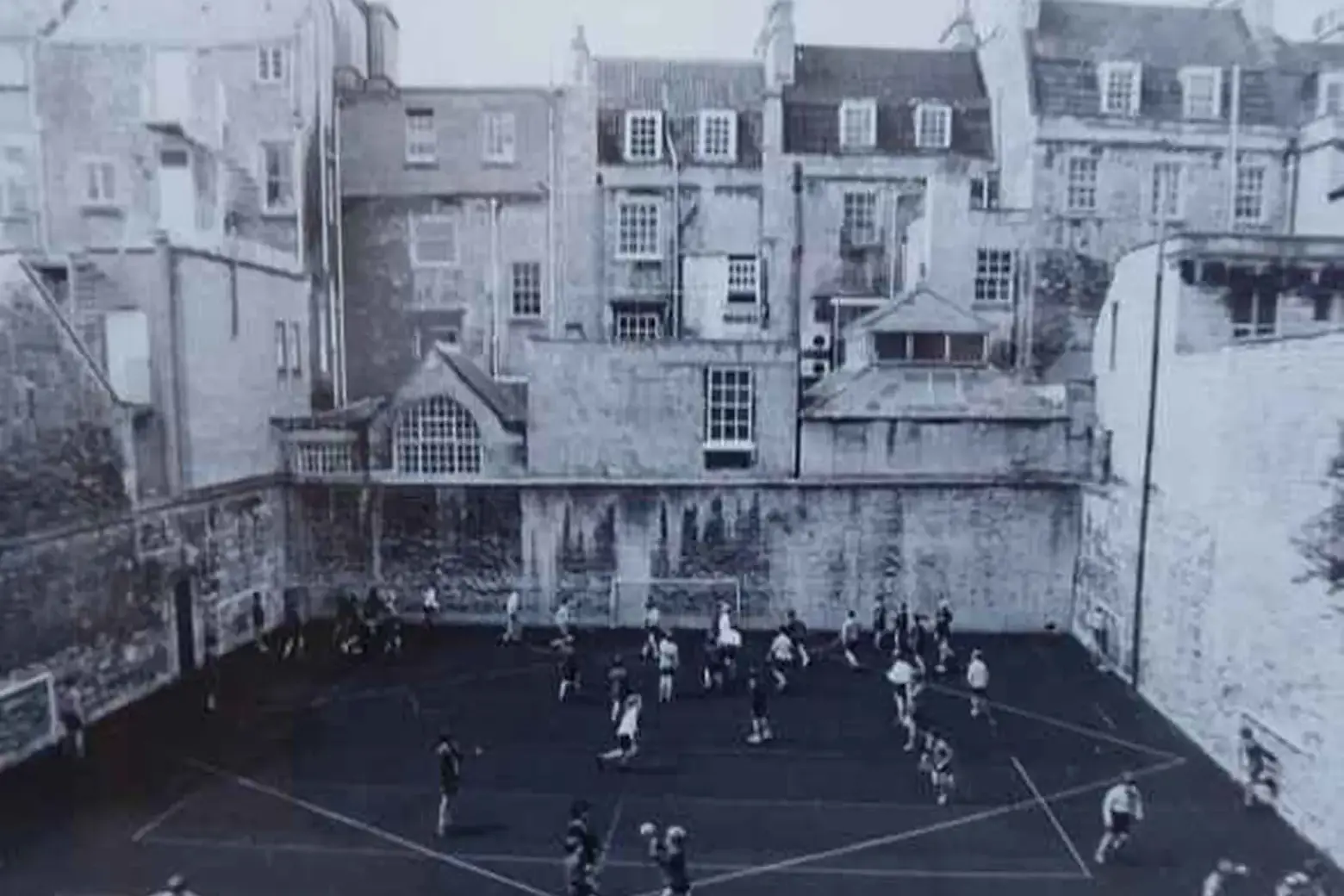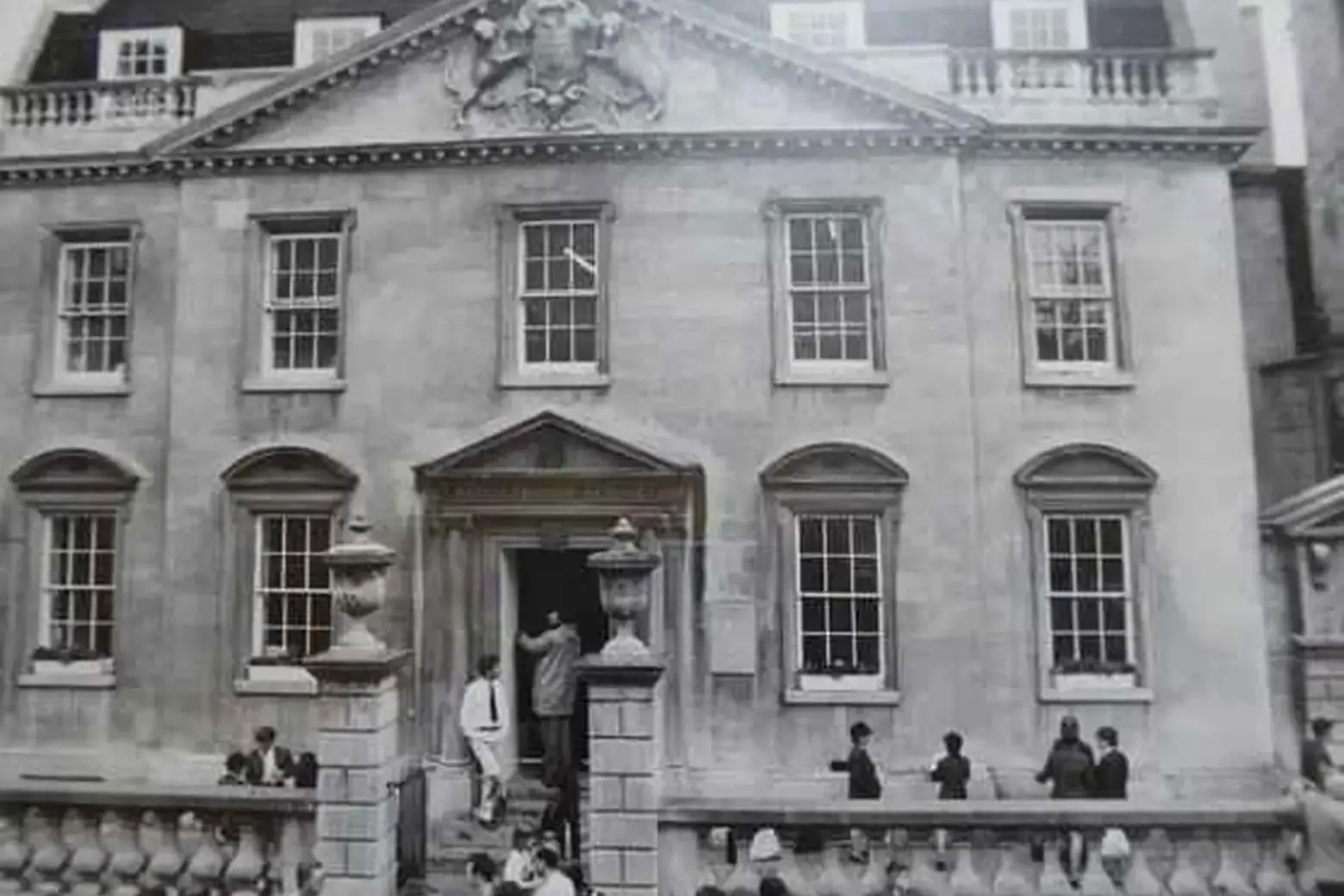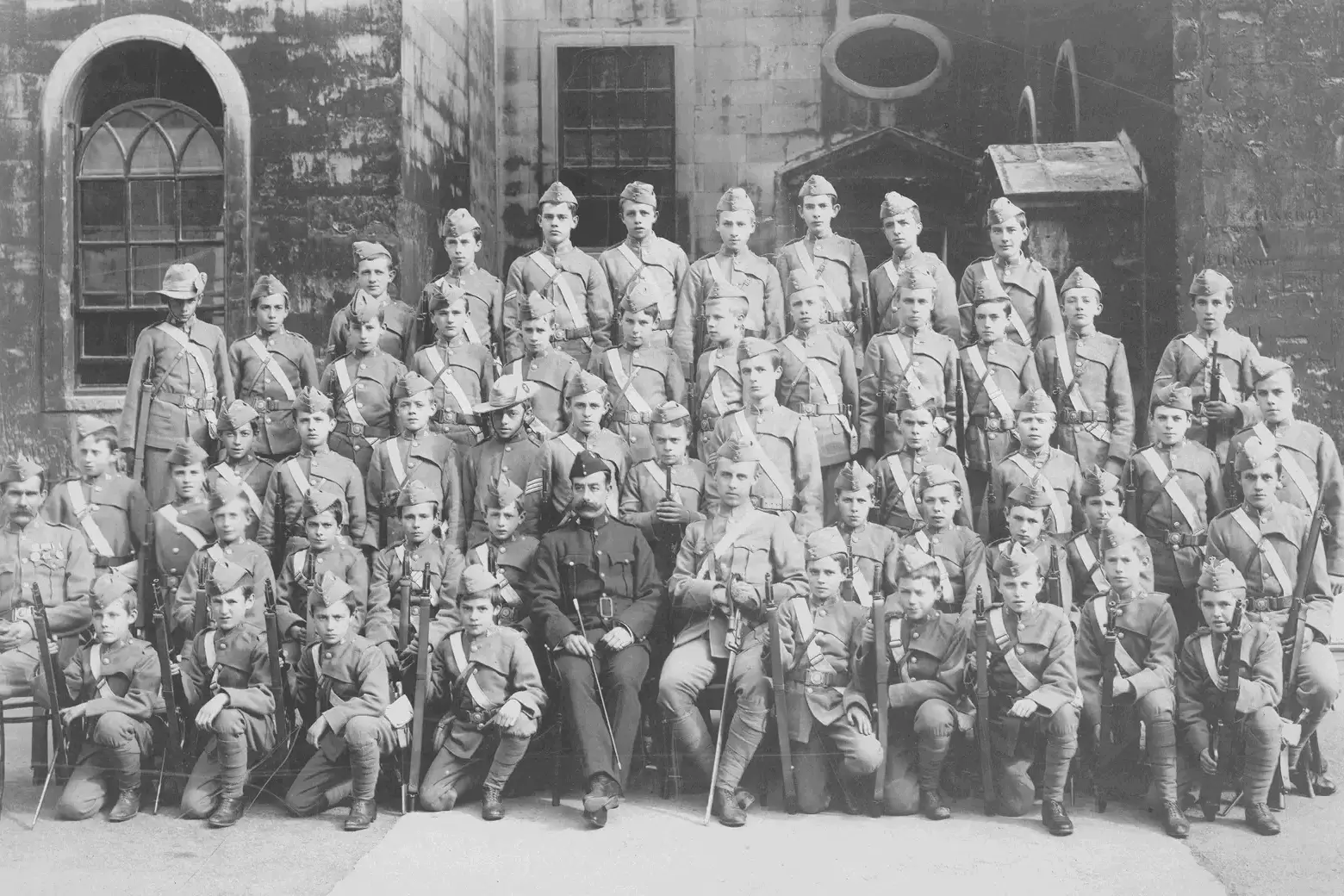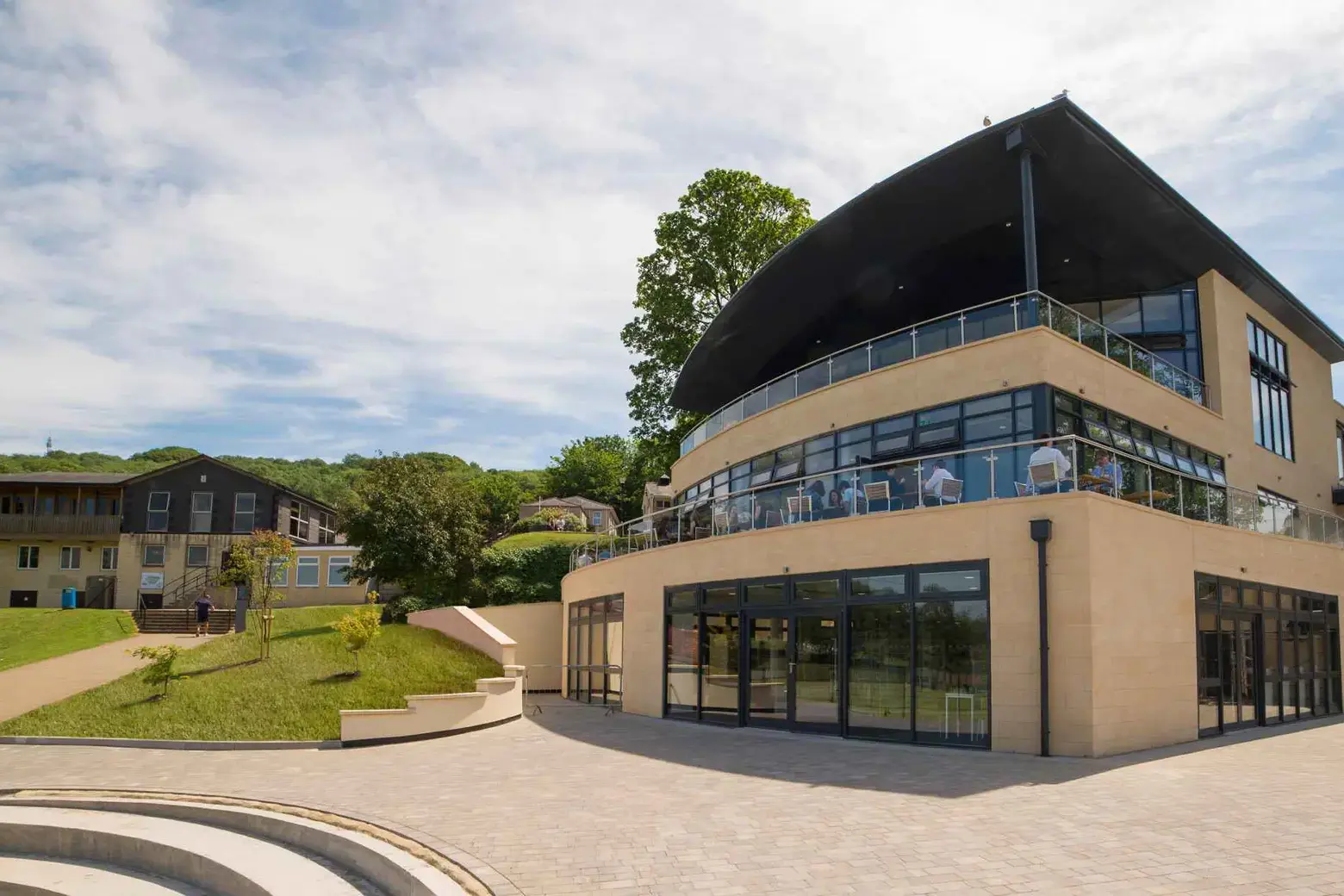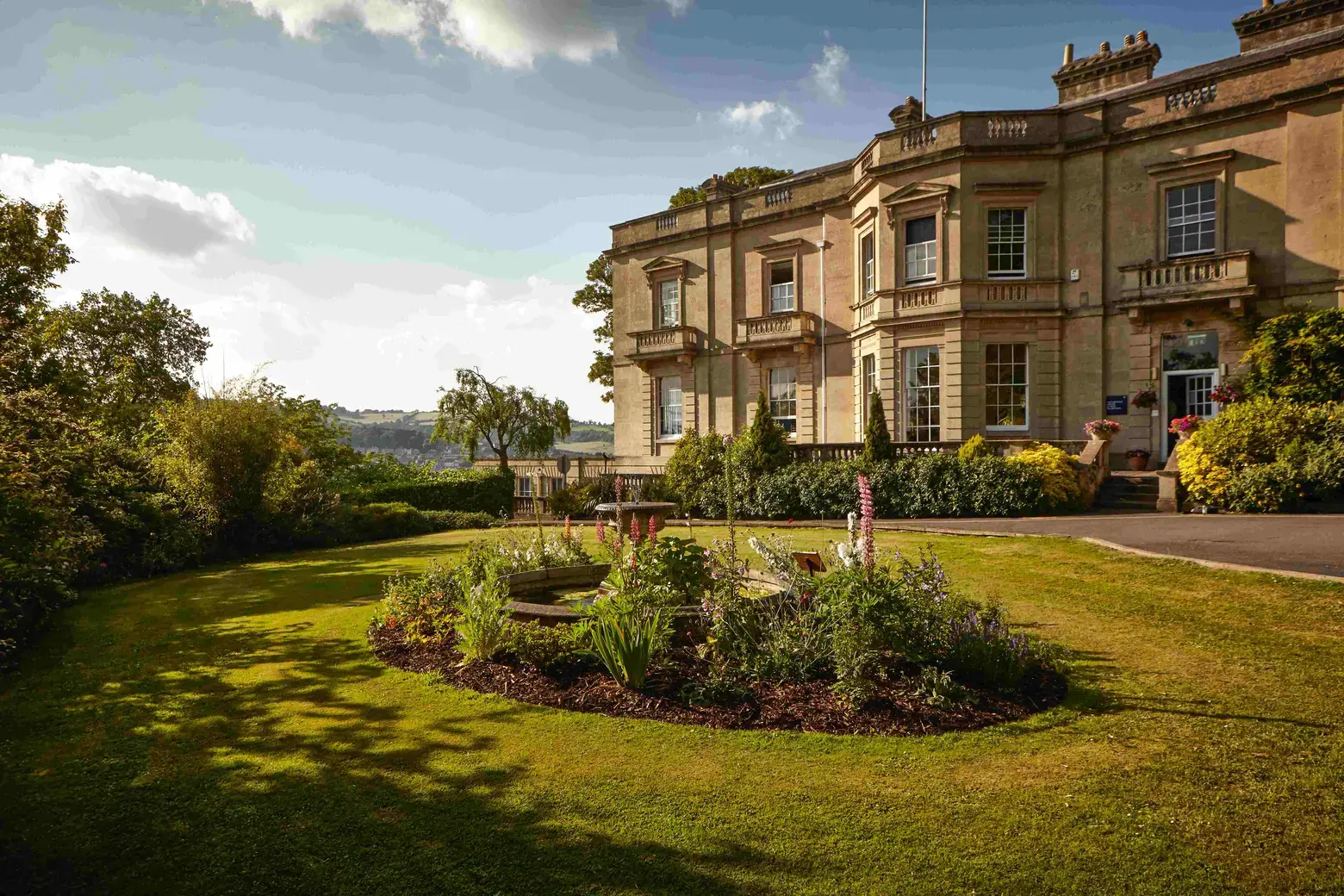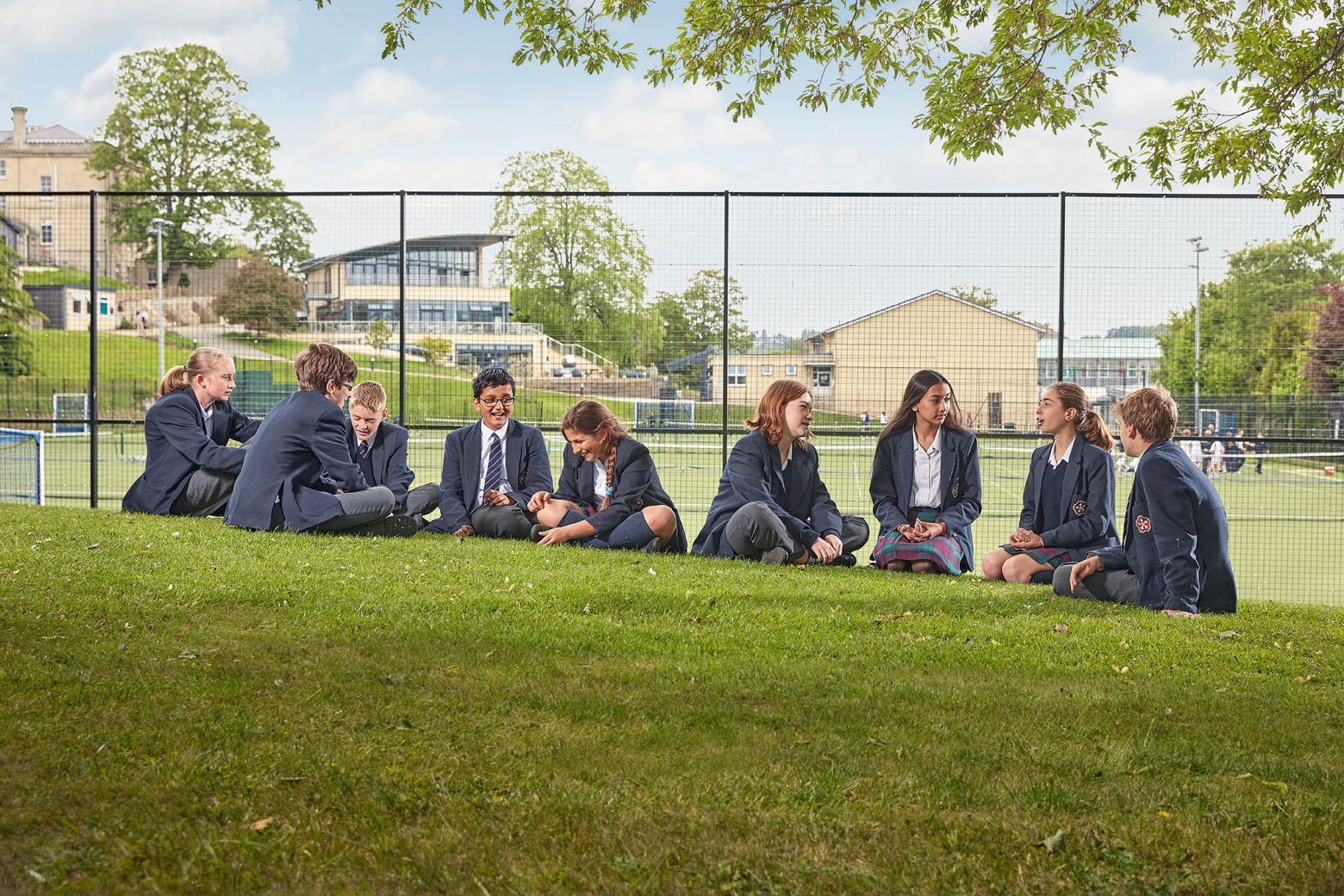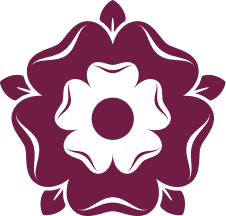 History of King Edward’s School
History of King Edward’s School
Written by the late Dr John Wroughton (1934 – 2023)
Former Headmaster of King Edward's School, 1982-1993
The dissolution of Bath Priory by Henry VIII in 1539 cost the city its original grammar school, which had been run by the monks. Stung into action by the lack of education available for their sons, the Mayor and citizens of Bath petitioned the young King Edward VI to provide funds to establish a new grammar school. As a result, the King granted a Charter in July 1552, establishing ‘a school for the instruction of boys and young men in grammar to continue for ever’.
At the same time, he gave 102 properties situated in the city, the income from which was to be used entirely for the support of the School and ten poor persons from within the community. From the outset, the School had a strong link with Bath Abbey - an association that continues to this day.
|
|
Originally located in Frog Lane, the site of today's New Bond Street, the newly established school provided education for fee-paying boys, aged 7-15, who were selected on academic merit. Already able to read and write in English before entry, the boys now concentrated on writing and speaking in Latin (the official court language) and Greek. On completion of their education in Bath, most continued their studies, mainly at Oxford. |
|
The School was to remain at this location for nearly 200 years until the Corporation of Bath and the School's trustees recognised the need for more fitting premises, and in 1754 they agreed to Thomas Jelly’s plans for a new School to be sited in Broad Street, to include a playground and dormitories. The building still stands today on the left-hand side going up the hill of Broad Street, although it is no longer owned by the School. |
 |
|
|
In 1900, the School founded a Cadet Corps, which was largely inspired by The Boer War, comprising of two officers and 80 cadets, which continues to this day. |
|
Gaining Direct Grant status in 1920 enabled the School to admit able boys from less affluent homes on government grants - a situation replicated later by the Assisted Places Scheme in 1981 and the School's own Bursary Fund, which was established in more recent times. With the growth in numbers, the Broad Street premises quickly became inadequate. A new site was therefore acquired by the Governors on North Road in 1959. Its spacious grounds made it possible to extend the facilities significantly. In 1988, the sale of the Broad Street building, helped fund the building of the new Junior School, located on the meadow behind the Senior School, and was formally opened in 1990. |
|
|
|
In 1996, The Park School on Weston Lane confirmed links with King Edward’s School, with the aim of converting into a Pre-Prep for ages 3-7 years. This eventually took place in 1999, when the Park School formally amalgamated with King Edward’s School, commemorated by a Whole School assembly on the North Road site, consisting of over 1000 pupils, staff and parents. |
|
After girls had first been admitted into the Sixth Form in 1986, the School became fully co-educational eleven years later in 1997. The last 30 or 40 years have also witnessed the growth of the School’s national reputation for academic excellence, regularly featuring as it does among the leading independent schools in all league tables. At the same time, sport, art, music and drama are equally important parts of school life and pupils also have a large range of clubs and societies from which to select. With exciting plans for the future, King Edward's School, founded nearly 500 years ago, is in remarkably good health! |
|
